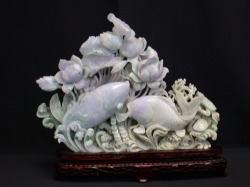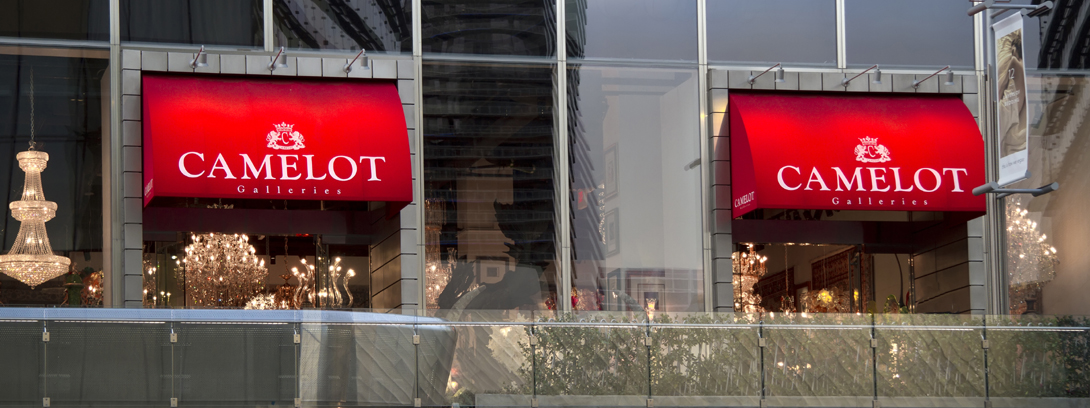 For the Chinese scholar and connoisseur it was not gold, silver or bronze that was the most precious material, but jade. For more than 5,000 years this intractable stone has been fashioned into ritual objects, personal ornaments, vessels and sculptures of all sizes.
For the Chinese scholar and connoisseur it was not gold, silver or bronze that was the most precious material, but jade. For more than 5,000 years this intractable stone has been fashioned into ritual objects, personal ornaments, vessels and sculptures of all sizes.
Jade has been treasured for its beauty, its strength and its durability. Generations have been captivated by the subtle variations of its colors and by the effect of light upon its translucency and fissures, as well as for its tactile qualities.
There is a well-known literary reference to jade, attributed to Confucius, in which the qualities of jade are compared with those of the virtuous man. Its soft, smooth, glossy texture was likened to benevolence. Its fineness, compact structure and strength were likened to intelligence.
The fact that it could be angular without being sharp and cutting resembled righteousness, and the way it hung when suspended was redolent of the humility of propriety. When struck it had a clear, prolonged, yet controlled note suggestive of music.
The fact that its flaws do not conceal its beauty, nor does its beauty conceal its flaws was likened to loyalty. The internal radiance of jade was regarded as shining like good faith, while its brilliance resembled that of Heaven. Like the earth it could be both exquisite and mysterious in its representation of mountains and streams.
The fact that it stood out above the common herd was likened to virtue. And the fact that jade was esteemed by all under Heaven associated it with the path of truth and duty.


































